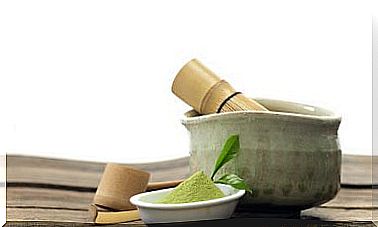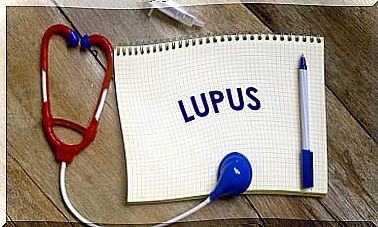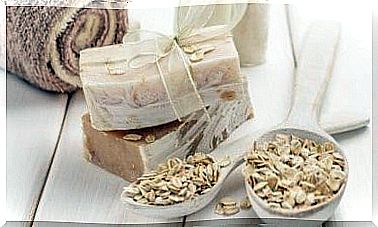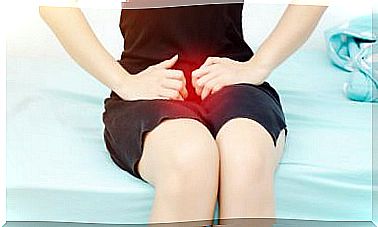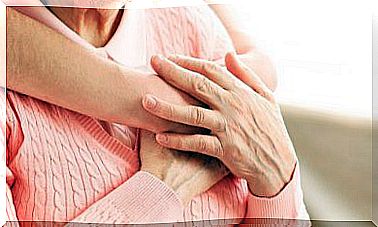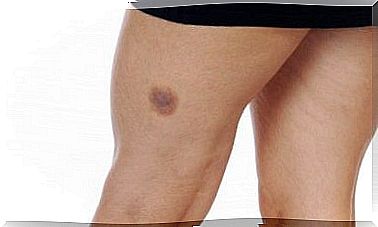How To Prevent A Wound From Getting Infected?
Correct treatment of the wound will be essential to prevent it from becoming infected and leading to major complications. Sometimes, you may need to see a specialist.

Small cuts or superficial scrapes can be treated at home. Only in these cases, if it is not necessary to go to a health center, to prevent a wound from becoming infected, it is necessary to take certain steps.
However, before thinking about healing a wound at home, you have to see its characteristics. Take note!
How to prevent a wound from becoming infected?
It is important to assess whether it is so extensive or deep as to require medical attention and to seek, above all, expert help to prevent rather than cure.
That said, we give you some tips based on an article published in the Surgery Notebooks to prevent a wound from becoming infected at home.
Stop bleeding
To begin with, when treating a wound, they should wash their hands thoroughly with soap and water. This will prevent the spread of germs or bacteria to the person who is injured.
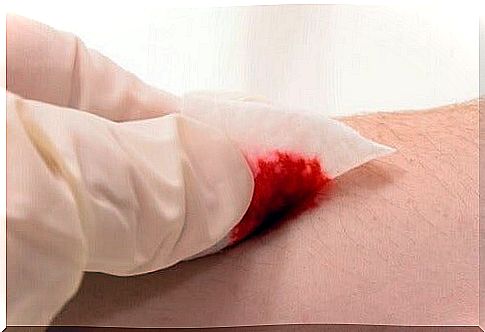
A clean cloth, rag, or cloth is used to gently press down on the affected area. In this sense, pressure helps the blood clotting process. The ideal time is between 20 and 30 minutes.
On the other hand, to avoid bleeding in the extremities, it is recommended to elevate the injured body part above the heart:
- The arms or hands can be held in the air or placed on a surface that is higher than the chest.
- Legs or feet can be elevated on a pile of pillows, for example.
Clean to prevent a wound from becoming infected
The cold water will wash away the skin around the wound. It should be washed with soap and then dried with a towel.
- If any particles remain in the wound, they can be carefully removed. You will do it with an eyebrow tweezers sterilized before with alcohol.
- Of course, large particles or embedded objects must be removed by a health specialist. By doing it in a homemade way, more damage can be done.
- The use of alcohol should be avoided; as it can cause irritation and delay the healing process. It is also not advisable to clean the wounds with cotton balls, as this material leaves residues.
Apply topical antibiotics and cover the wound
With a prescription, creams and ointments with different active ingredients are available to clean wounds. The function of these creams is to prevent infection, but not to speed up the recovery process.
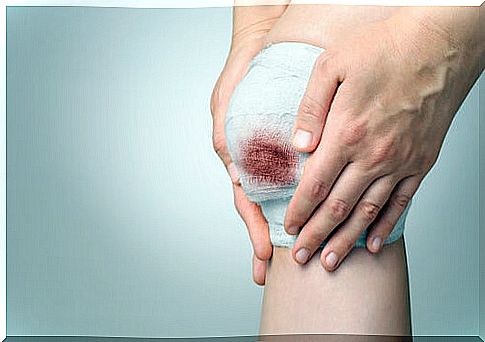
It is the most effective way to prevent the wound from becoming infected. If the wound is small, an adhesive bandage can be used.
The bandage
- Those allergic to the glue in this type of bandage can opt for gauze and tape. Along these lines, there are hypoallergenic options.
- When bandaging it is not necessary to tighten too much. If too much pressure is applied, the bandage can block circulation.
- The bandage should be changed daily until the wound heals. If it gets dirty or wet, it is also advisable to replace it.
- The temptation to constantly remove the bandage to see if it is healing should be avoided.
Keep it under observation
Even if the necessary steps are followed to prevent a wound from becoming infected, it is best to remain alert and observe its evolution. If these symptoms occur, it is likely that you have become infected.
In any of these cases, it is best to seek help if the wound:
- It does not heal.
- Hurts more.
- It turns red.
- It boilts.
- Presents secretions, such as pus.
- It feels “hot”.
- It gives a fever.
What types of wounds need medical attention?
Certain wounds should not be treated at home, as the life of the affected person can be put at risk. These are:
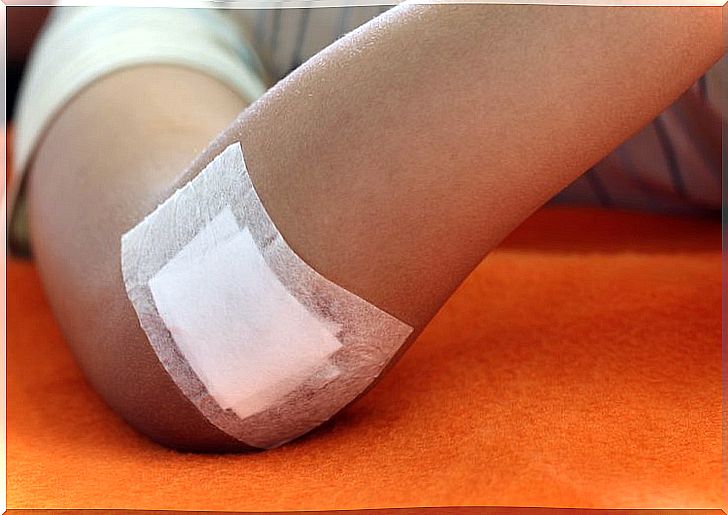
- Animal bites. They are more likely to become infected.
- Wounds in which the sensation of the affected limb is lost. Not feeling a part of the body can be an indicator of a serious tendon or bone injury.
- Deep wounds of more than 5 centimeters. They may require stitches.
- Wounds with embedded objects such as glass, wood or stones. Attempting to remove these items can cause tears and bleeding.
Treatments to prevent a wound from becoming infected
According to experts in the area, the most common medical treatments to treat infected wounds are:
Suture
- The doctor uses sterile thread to close the wound.
- Then remove the stitches after a few days. The time will depend on the extent of the wound.
- The stitches should not be removed at home, as injuries and infections can occur
Adhesive strips
They keep the wound closed in a similar way to suturing.
In addition, they should not be removed by the patient. It must be done by the doctor.
Tissue glues
Also called tissue adhesives, experts in the area indicate that they are substances that keep wounds or lacerations closed. They are recommended in small wounds and their use is ideal in children; since its application is painless.
Prevention is better than cure to prevent a wound from becoming infected
And you? What experiences do you have with wound infections? It is certainly not a pleasant thing to do, and sometimes it is even dangerous. For this reason, we hope that these tips serve as a mere information base.
In any case, it is important to go to the doctor to advise you in the best possible way when treating a wound. Prevention is better than cure, and preventing any type of injury from becoming infected is one of the essential steps to heal in a healthy way.
Main image courtesy of © wikiHow.com
